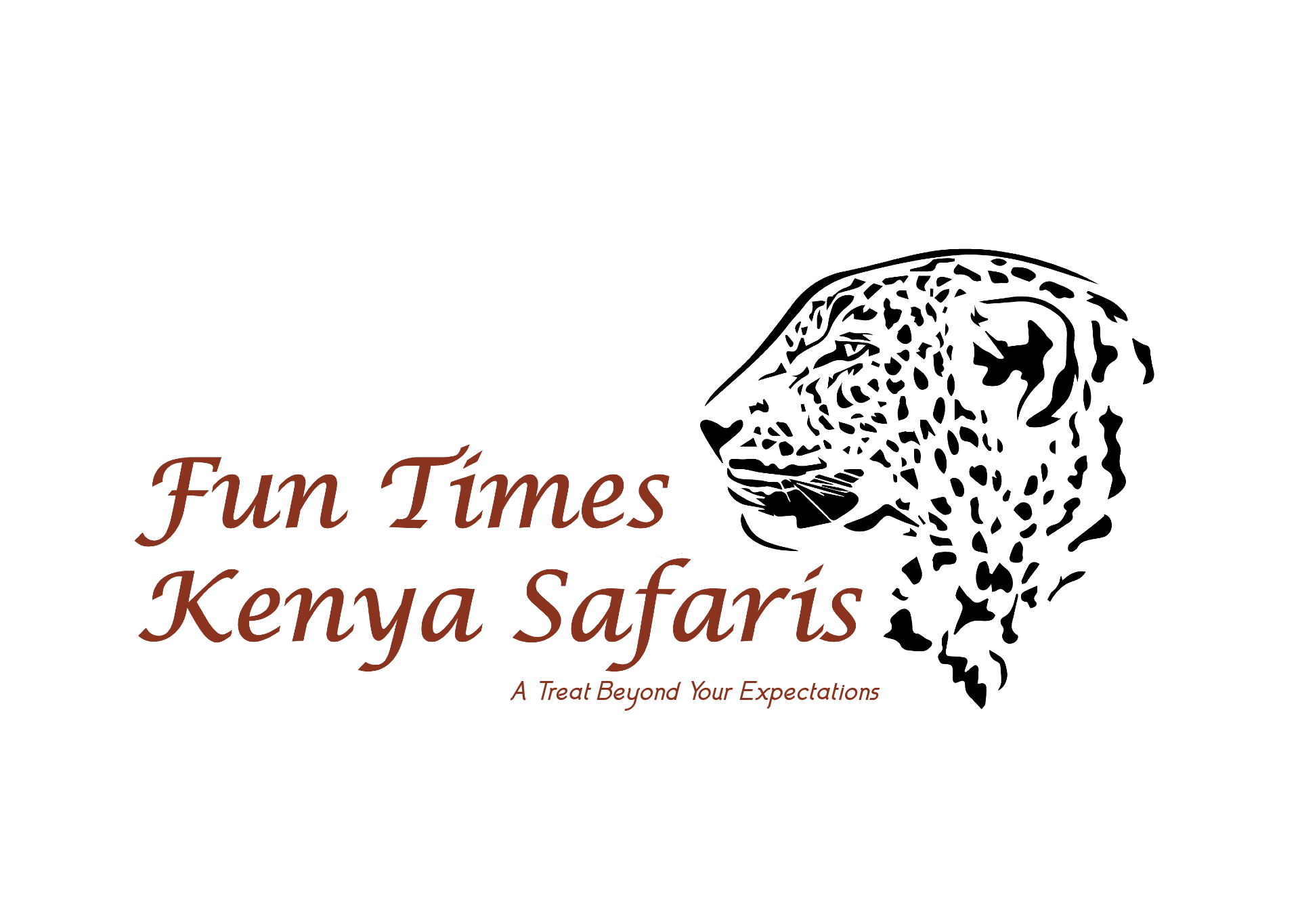Lake Nakuru National Park
On the floor of the Great Rift Valley, surrounded by wooded and bushy grassland, lies the beautiful Lake Nakuru National Park.
On the floor of the Great Rift Valley, surrounded by wooded and bushy grassland
On the floor of the Great Rift Valley, surrounded by wooded and bushy grassland, lies the beautiful Lake Nakuru National Park. Visitors can enjoy the wide ecological diversity and varied habitats that range from Lake Nakuru itself to the surrounding escarpment and picturesque ridges. Lake Nakuru National Park is ideal for bird watching, hiking,picnic and game drives.
The park is also sanctuary to one of Kenya’s largest populations of black rhino. Another aspect to the active wildlife viewing here is observing the park’s zebra, hippo, olive baboon, vervet and colobus monkeys, waterbuck and hyena. Other big safari wildlife to be on the lookout for includes lion, cheetah, leopard and buffalo.
The park is fenced to protect the rhino and giraffe, so it can’t support elephants – the only large mammal you won’t find here. Moving through the park’s dense acacia forest you’ll likely come upon herds of impala and waterbuck. Also, in the woodlands you may see large pythons hanging from the trees. This is the infamous African rock python that’s capable of swallowing animals whole.


Those who have been to Lake Nakuru will attest to the park’s beauty with its rich topography of hills, grasslands and forests. There are several easily attained vantage points from which to enjoy wonderful views of the landscape and especially the lake with its undulating pink population of birdlife. Though the park is not large in size, a visit to Lake Nakuru will be a very full and colorful safari experience.
LAKE NAKURU NATIONAL PARK HIGHLIGHTS
- The park has a higher elevation than most at 1,756 m (5757 ft.) and this has a cooling effect. Even though it’s near the equator, it rarely gets hot. Nor does it get too cold, too wet or too dry. Generally, the climate here is quite comfortable.
- Lake Nakuru is 170 km (105 m) northwest of Nairobi. It’s close enough for a day trip or a longer stay in the area.
- The park is open year-round. In many parks the wet season can put an end to game viewing but that’s not necessarily the case at Lake Nakuru. The roads are good and since the park is fenced, the animals won’t disperse. Still, the most popular time for viewing is during the dry season from July to December.
- Lake Nakuru Park operates from 0600 hrs. to 1900 hrs. daily. Note: No entry is allowed on foot and hiking is only allowed in designated areas with a KWS ranger.
- Famous for its millions of fuchsia pink flamingos blanketing the shoreline. The birds are of two varieties – the greater and lesser flamingo. The lesser are the more numerous with their red bills and pink plumage. The greater variety are smaller in numbers with a distinctive black bill.
- The views of the park, the Rift Valley beyond and the wildlife below are all richly enjoyed from the hilltop vantages of Lion Hill, Out of Africa Lookout or Baboon Cliff. Just watch out for the baboons who are always looking for food scraps.
- A pretty waterfall at the south end of the park. This is a wonderful spot for picnicking and hiking.
- There’s over 550 plant species to be found in the park including yellow acacia woodlands and the largest euphorbia forest in Africa.

